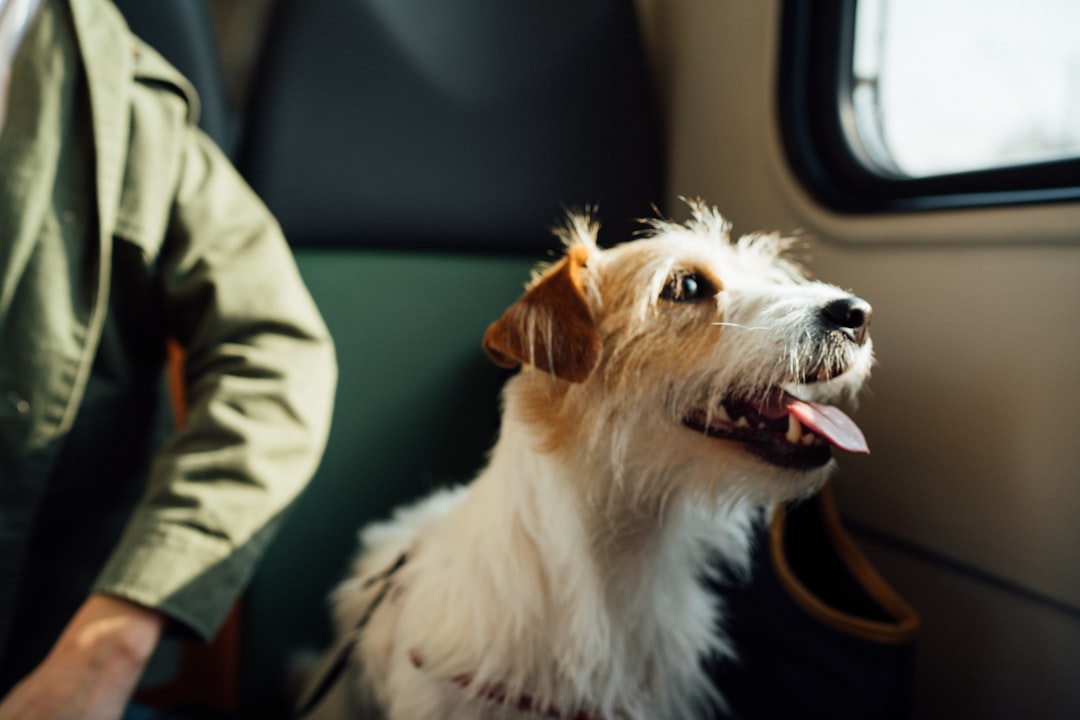- You are here:
- Home »
- Blog »
- Boston Dog Trainer »
- Tips and Tricks for Traveling with Your Dog: A Comprehensive Guide
Tips and Tricks for Traveling with Your Dog: A Comprehensive Guide
Tips and Tricks for Traveling with Your Dog: A Comprehensive Guide
Tips for Traveling With Your Dog
Planning Ahead for Dog-Friendly Accommodations
When traveling with your dog, it’s essential to plan ahead and ensure that you have dog-friendly accommodations lined up in advance. Research and book hotels or vacation rentals that have policies allowing dogs. It’s important to check the rules and regulations of these accommodations to understand any restrictions or additional fees that may apply. Additionally, take the necessary steps to puppy-proof the vacation home or room before letting your dog roam freely. This will help prevent accidents or damage and create a safe environment for your furry friend.
For example, when planning a trip to California, you can consider staying at a dog-friendly hotel like The Dog House Inn in Carmel-by-the-Sea. They not only allow dogs but also provide amenities such as dog beds, bowls, and treats. They even have a dog-friendly beach nearby where your furry friend can enjoy a swim. By choosing a dog-friendly accommodation, you can ensure that both you and your dog have a comfortable and enjoyable stay.
Preparing Necessary Documents and Vaccinations
Before embarking on your journey, make sure to schedule a checkup for your dog and ensure that all vaccinations are up to date.It’s also a good idea to make copies of your dog’s health records, including vaccination certificates, to carry with you while traveling.Some airlines and states may require specific documentation, such as health certificates or proof of vaccinations, so it’s important to check with them beforehand.
For instance, if you’re planning to travel internationally with your dog, you will need to ensure that they have all the necessary vaccinations and documentation. Different countries have different requirements, so it’s crucial to do thorough research and consult with your veterinarian. Failure to comply with these requirements may result in your dog being denied entry or being placed in quarantine.
Packing Essentials for Your Dog’s Comfort
To ensure your dog’s comfort while traveling, it’s crucial to pack the necessary essentials. Bring an ample supply of your dog’s regular food and bottled water to ensure continuity of their diet. Don’t forget to pack any necessary medications your dog may need during the trip. It’s also helpful to include familiar items such as their bed, toys, and blankets. These items will provide comfort and reduce anxiety for your furry companion in unfamiliar surroundings.
In addition to the essentials, you should also pack a first aid kit specifically for your dog. This should include items such as bandages, antiseptic wipes, and tweezers for any minor injuries or accidents that may occur during the trip. It’s always better to be prepared for any unforeseen circumstances.
 Training Your Dog for Travel
Training Your Dog for Travel
Proper training can make a significant difference in your dog’s travel experience. Get your dog accustomed to car travel by taking them on short rides to reduce the chances of motion sickness. If you’re traveling by car or airline, consider using a dog crate for safety. Ensure that the crate meets the required specifications for both car and airline travel. Familiarize your dog with the carrier they will be traveling in before the trip.This will help them feel more comfortable and relaxed during the journey.
One useful training tip is to acclimate your dog to the travel carrier or crate by gradually introducing them to it. Start by placing their favorite toys or treats inside the carrier and let them explore it at their own pace. Reward them with praise and treats when they show positive behavior around the carrier. This will help create a positive association with the carrier and make them more comfortable when it’s time to travel.
Ensuring Your Dog’s Safety During Transportation
During transportation, it’s crucial to prioritize your dog’s safety. Keep the car well-ventilated to maintain a comfortable temperature for your dog. Using a dog seat belt or car seat can help secure your dog and prevent injuries in case of sudden stops or accidents. When flying, make sure to follow the specific regulations and guidelines provided by the airline. This may include health certifications and crate requirements. It’s important to label the carrier with your dog’s information and consider using permanent identification methods, such as a microchip, to ensure their safety.
For example, if you’re traveling by car, you can invest in a dog seat belt or a car seat specifically designed for dogs. These safety measures will not only keep your dog secure but also prevent them from becoming a distraction to the driver. When flying, ensure that your dog’s carrier is sturdy and well-ventilated. Label the carrier with your contact information and attach a current photo of your dog. These precautions will help ensure that your dog stays safe and can be easily identified in case of any mishaps.

